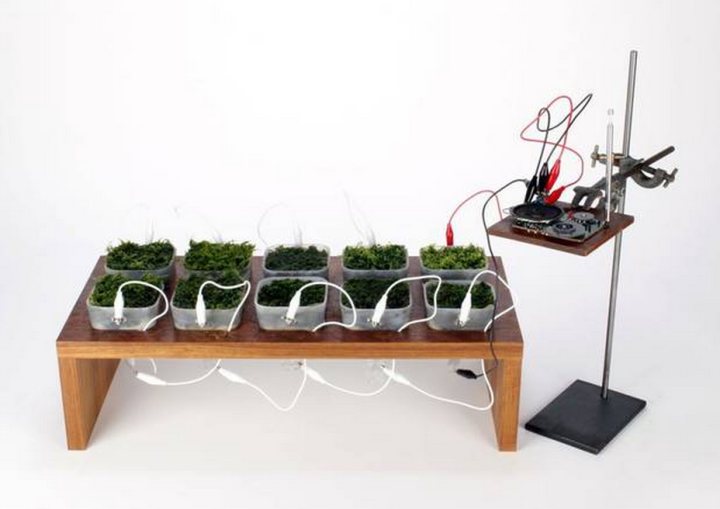
Entries for the prestigious James Dyson Award are currently being accepted right now. Each year, thousands of potentially revolutionary ideas are submitted to the competition, and this week, the first submissions have already begun to roll in. However, there’s already one entry that has managed to blow our minds.
It’s called Moss FM, and as you’ve probably already guessed from the name, it’s essentially a small FM radio/speaker assembly that’s powered entirely by plants — particularly moss.
Now, to be sure, simple gizmos powered by plants aren’t exactly a new thing. Alarm clocks and light-bulbs powered by potatoes and lemons have been filling up middle school science fairs for decades now — but Moss FM is a bit different. Instead of relying on basic electrochemical reactions that only last a short period of time, this contraption uses moss as 
For this particular project, Fabienne Felder, Moss FM’s creator, chose to use the collected energy to power a radio and speaker, but it could potentially be used to power anything electronic. Just imagine what it could power if it were scaled up — one day your cellphone or laptop could be powered by your vegetable garden, and the juice needed to run your electric car could come from the greenhouse you park it in.
At this point, the setup isn’t particularly efficient, since the devices only extract about 0.1 percent of potential electrons created by the moss. However, they’re getting more efficient with each new iteration. The challenge of the future will be finding the balance between increased efficiency, and not harvesting so much energy that it’s detrimental to the growth of the plants.
At any rate, Moss FM is certainly an intriguing proof of concept that holds promise for the future. How different would the world be if, in order to power all of our high-tech gadgets, we first had to maintain a flourishing garden?
Moss FM (ws) from Fabienne Felder on Vimeo.




